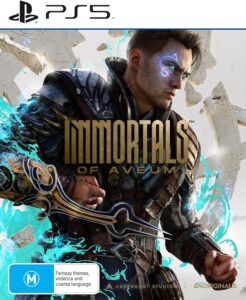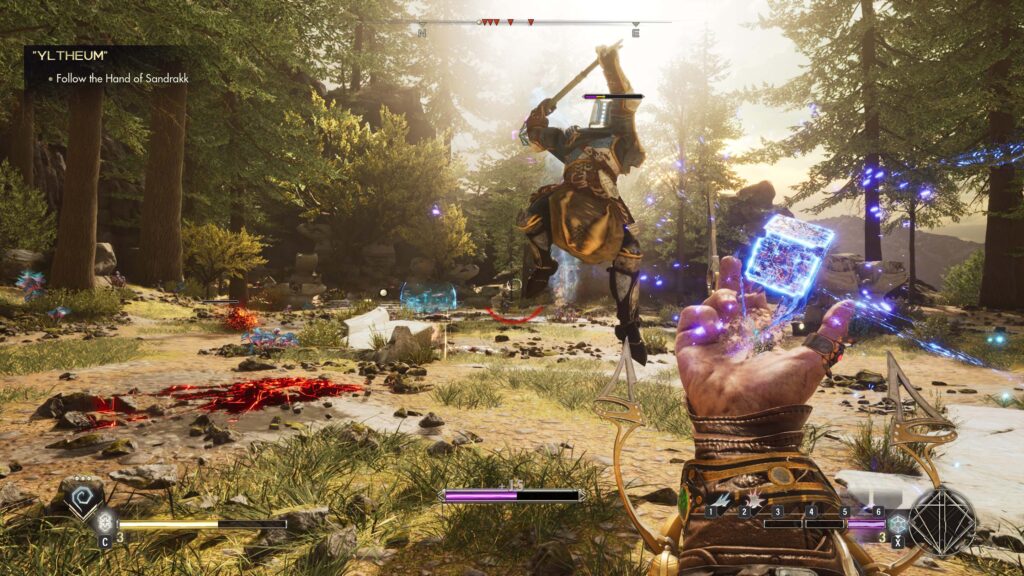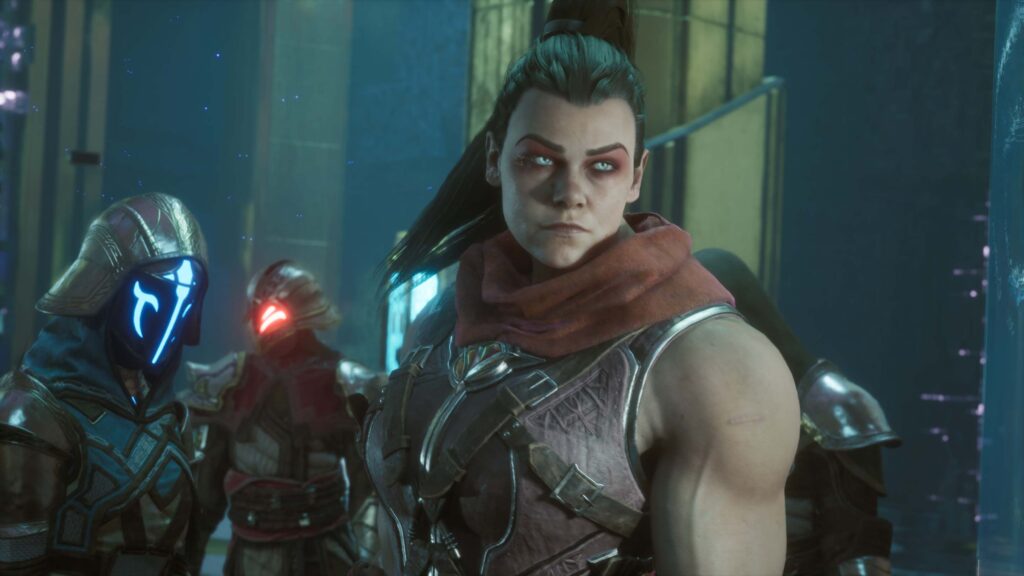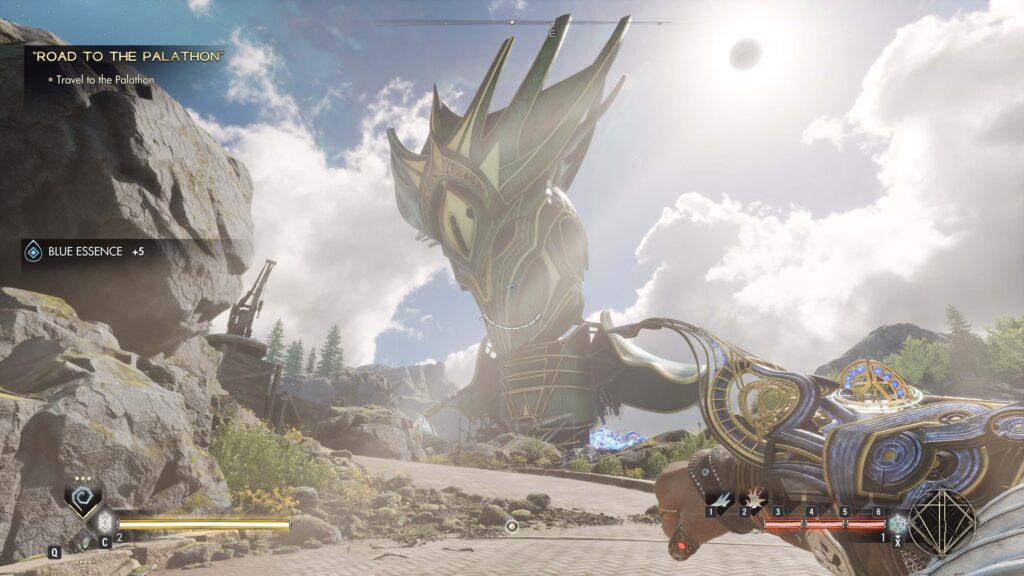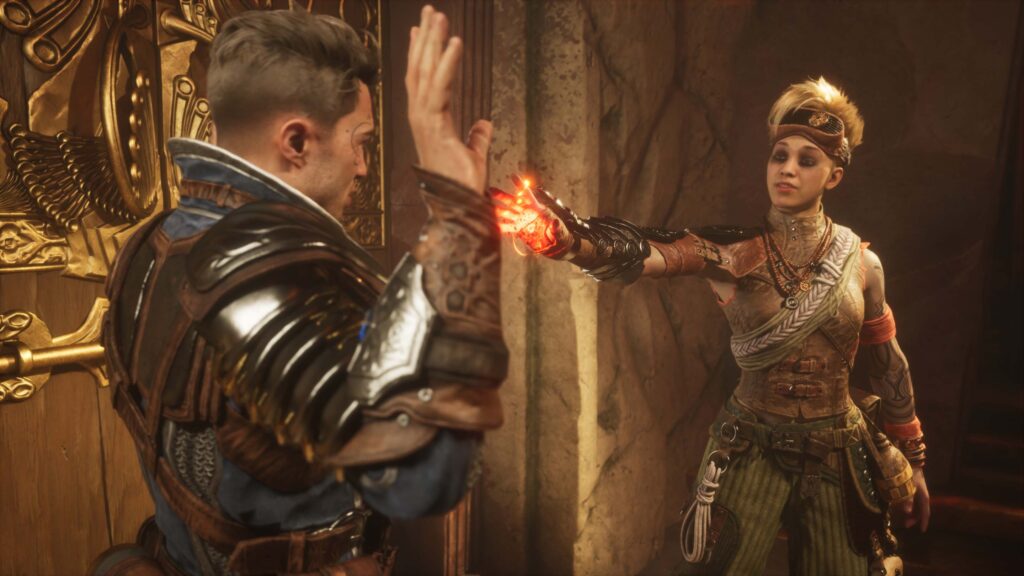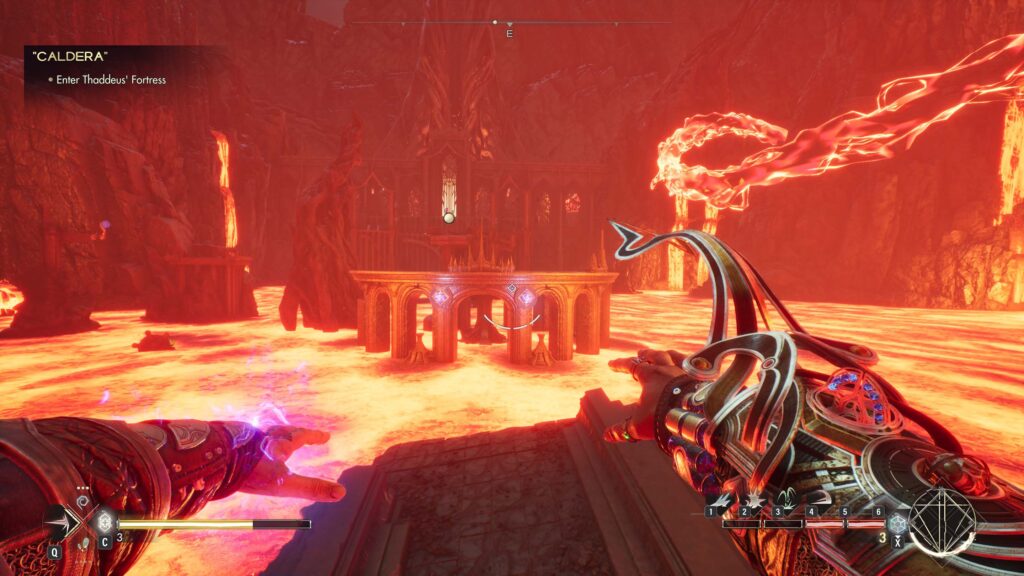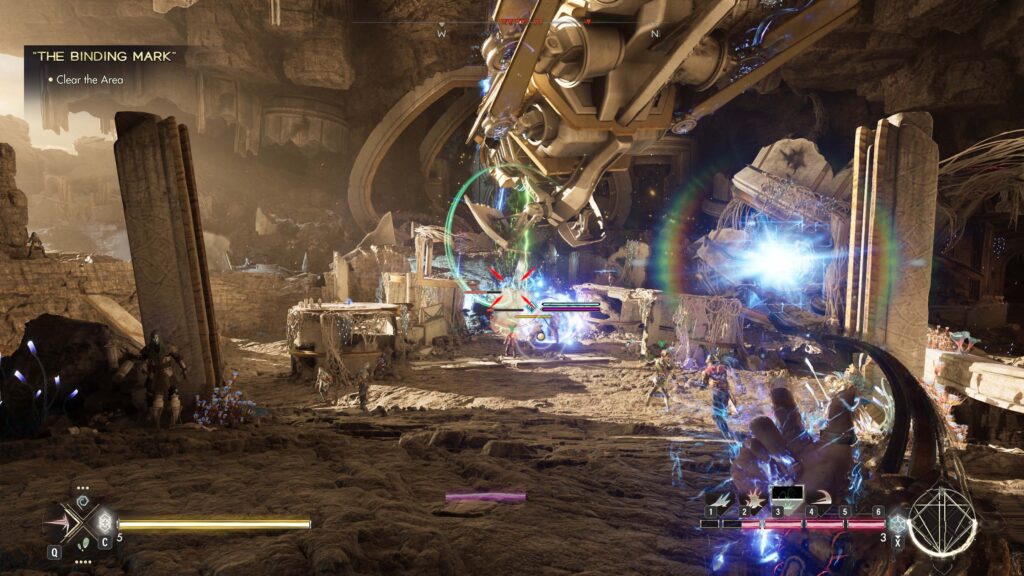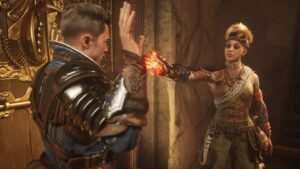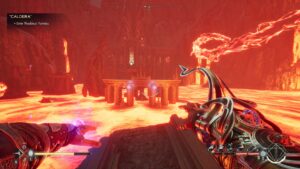Immortals of Aveum’s ambitions are, regrettably, not appropriately matched to its sheen, storytelling and moment-to-moment gameplay.
Immortals of Aveum review
Reviewed on an Nvidia GeForce RTX 4080-powered PC.
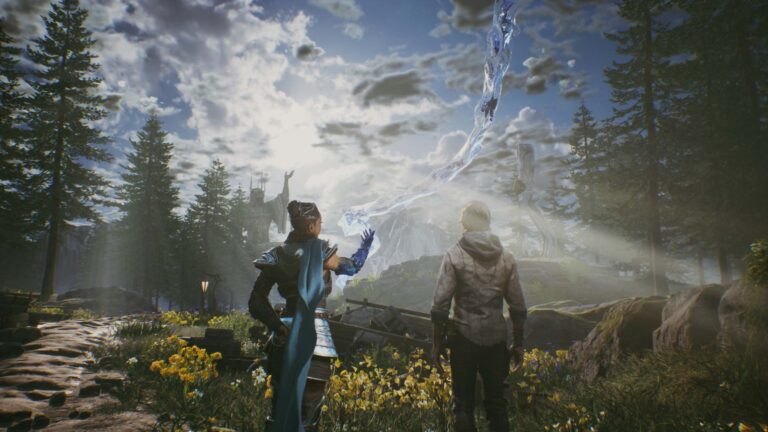
As a Magnus, prep to defend Lucium from Rasharn with magic drawn from the Shadow Realm so they don’t suffer the fates of Oremen, K’ley and Kalthus by being toppled into the Wound. I’m sorry. Was that confusing? Get used to a lot of that if you want to try and engage with the story of Immortals of Aveum. In simpler terms, it tells the tall tale of a magical world at war, where playable character Jak stars as the newest star recruit for the goodies.
The thing is, there’s a lot of slog before the glimpses of Immortals of Aveum’s potential have a chance to shine through. For starters, there’s a grind of a prologue that dovetails into an equally painful tutorial that’s more information dump than elegant solution for player onboarding. During all of this, characters will yack incessantly with proper noun-stuffed gravitas about the goings-on of the world.
It’s the wrong take on the ‘show don’t tell’ principle, and it painfully gets in the way of some actual interesting stakes, characters and world-building. It doesn’t help that Immortals of Aveum doesn’t know what it wants to be. One moment, it’s demanding to be taken seriously as a fleshed-out fantasy world. The next, it’s cracking jokes and taking the mickey out of the serious tone it’s established for the last few hours of campaign time.
At one point, Immortals of Aveum starts to open up and entice the player to explore. But roll into the next main mission, and you’re being forced back into the cramped confines of yet another funnelled experience. The game loves to throw around seemingly important proper nouns, but the main magical powers are quite literally called blue, green and red.

Immortals of Aveum is also played in a fixed first-person perspective but feels like it would’ve benefited from a third-person perspective. This is most telling during trickier combat encounters, of which there aren’t many. Typically, with the right magical gauntlets equipped, combat isn’t overly challenging. But then there are moments when it spikes, either with waves of foes surrounding you or certain boss battles.
You have a shield to block damage for a time or dash to avoid it. The shield hampers movement, though—likely an attempt at balancing given you can still shoot—but the dash is inadequate to get you out of the way of most things. Initially, you’re limited to a single dash, but you can get upgrades or equipment that add more dashes. Still, the most effective way for me to get away from enemies was jumping then dashing.
The catch there, though, is tracking enemies becomes trickier, especially when you’re sprinting in the opposite direction just to get some breathing space. Like Remnant II, Immortals of Aveum has a half-baked melee system that doesn’t do much damage and, overall, isn’t a very reliable method of dishing out damage. Because of the limp melee system, the game is constantly reinforcing that you should keep enemies at range, sometimes matching magic colours to take down shields or chip away at enemy health faster.
You’ll quickly unlock a situational grappling hook and, later, the ability to roller coaster your way around certain parts of the world. Had these grapple and coaster points been more integrated into the combat spaces, it would have had a BioShock Infinite-like feel to the combat. Developer Ascendant Studios feels like they’ve made it three-quarters of the way into movement that feels great, then botched the landing when it comes to how they handle momentum.
And that’s a good analogy for a lot of my divided feelings on Immortals of Aveum. There are some genuinely interesting ideas at play alongside the foundation of what could have been an epic story. But it never quite meshes. Sure, it’s easy enough to play and a decent time-filler in terms of its gameplay loop.
But it feels like Immortals of Aveum needs more time in the oven. The fact it launched between two gaming titans—Baldur’s Gate 3 and Starfield—makes Immortals of Aveum feel all the stranger. This is the kind of game that would be more at home during a quiet part of the year. As it stands, in a gaming year that’s shaping up to be one of the best in a long time, it’s hard to heartily recommend a full-priced game that never really stretches beyond mediocrity.
Related Articles





